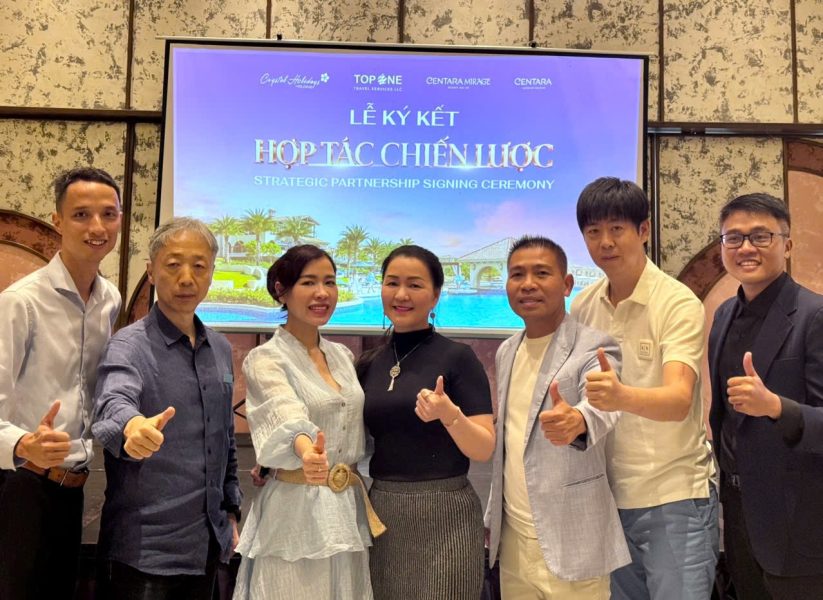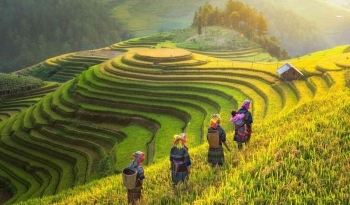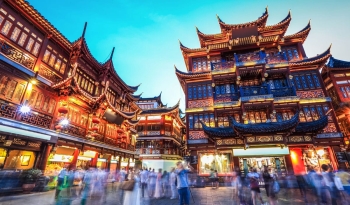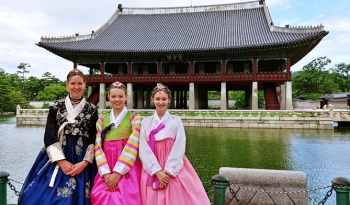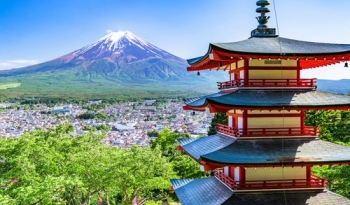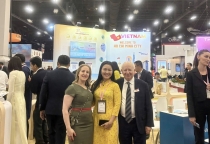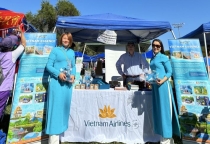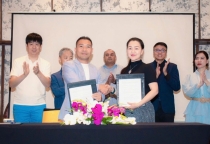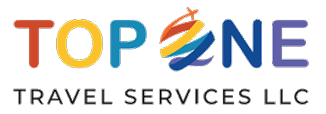[Epoch Times reporter Lin Zichen reports from Santa Clara] (Continued from previous article) Vietnam's appeal lies not only in its low-cost, high-quality travel experiences, but also in its growing integration into sustainable development, from carbon-neutral accommodation to eco-discovery, which represents emerging travel trends. Sandy points out that Vietnam is worth exploring regardless of season, safety level or cost, but it is important to pay attention to the details to avoid potential risks.
Seasons and climate: adjust the best time
Vietnam has a long and narrow terrain, diverse climate.
The best time to visit the North (Hanoi, Ha Long Bay, Sapa) is from October to December, when the weather is cool and pleasant, perfect for exploring the city and hiking in the mountains.
Central China (Da Nang, Hoi An, Hue) is dry and pleasant from February to August, ideal for a beach holiday.
The South (Ho Chi Minh City, Nha Trang, Phu Quoc Island) is sunny from December to April, ideal for a relaxing holiday.
Avoid the central typhoon season (September to November) and the winter rainy season in the North. "October to April is the peak tourist season for both the North and the South, but climate change may exacerbate the effects of the rainy season, so check the weather forecast in advance." Ho Chi Minh City boasts a pleasant warm climate, with no risk of typhoons and only occasional short showers during the rainy season (May to November), ideal for property investment and long-term settlement.
Suggested Itinerary: The Perfect Itinerary for First-Time Visitors
For first-time visitors to Vietnam, we recommend a classic 10-14-day itinerary covering the North, South and Central regions: 3-4 days in the North to visit Hanoi Old Quarter, cruise on Ha Long Bay and visit Sapa Rice Terraces, where you can experience the intersection of history and nature; 3-4 days in the Central region to soak up the cultural charm of Da Nang beaches, Hoi An night market and Hue Imperial City; and 3-4 days in the South to explore Ho Chi Minh City museums, dive in Nha Trang and relax on Phu Quoc Island, enjoying the vitality of the city and the charm of the island.
Special activities such as night market food tastings and water puppet shows add to the fun. “If you are short on time, you can pack in the best of both the North and the South in 5-7 days. Since there are sometimes delays in travel, it is advisable to book in advance.”
Sandy has planned activities for MICE groups (such as banks and pharmaceutical companies), such as team building for a 500-person Korean group, showcasing Vietnam’s expertise in high-end hotel services.
Safety and security: relatively safe, best to be cautious
Vietnam’s overall security is quite stable, rated Level 1 (normal precautions) by the US State Department. Major cities like Hanoi and Ho Chi Minh City are relatively safe, with violent crime rare. However, pickpockets are still occasionally spotted in popular tourist spots, and Ho Chi Minh City advises visitors to avoid alleys at night. “It’s safer here than Thailand, with heavy police patrols,” she said. She recommended that visitors keep valuables in their bags, use legal taxis or the Grab app, and travel in groups at night. Sandy stressed that her family-owned company takes comprehensive security measures when hosting international pharmaceutical companies in Vietnam, ensuring peace of mind for visitors.
Insurance and medical care: many safeguards for a safe trip
We provide travel liability insurance, medical insurance and emergency assistance, partnering with international organizations such as Vinmec, CarePlus and FV Hospital, providing services in both Chinese and English. We also provide a 24-hour emergency hotline and can arrange ambulance or helicopter transfers to remote areas. “Although our medical standards are not as advanced as those in Europe and the United States, comprehensive insurance is essential.”
Ms Sandy said Vinmec Hospital, a subsidiary of Vingroup, has provided medical support to the MICE delegations it hosts, demonstrating the hospital’s professional level of protection.
Cost and experience: save money and enjoy variety
Affordability in Vietnam: round-trip airfare from the US ranges from $700 to $1,500; domestic airfare from $50 to $150; accommodation from $10 to $300 a night; food from $2 to $50 a meal; and entertainment from $3 to $100. Daily budgets range from $30 to $50 for economy class, $60 to $150 for mid-class, and over $200 for luxury class. Compared to Thailand, Taiwan, South Korea and Japan, accommodation, food, transport and attractions are more affordable, but the experience is still very rich. "Low costs and high profits are the biggest attractions of Vietnam

